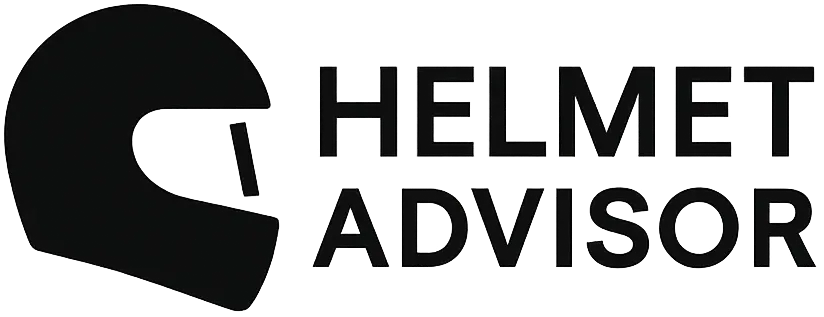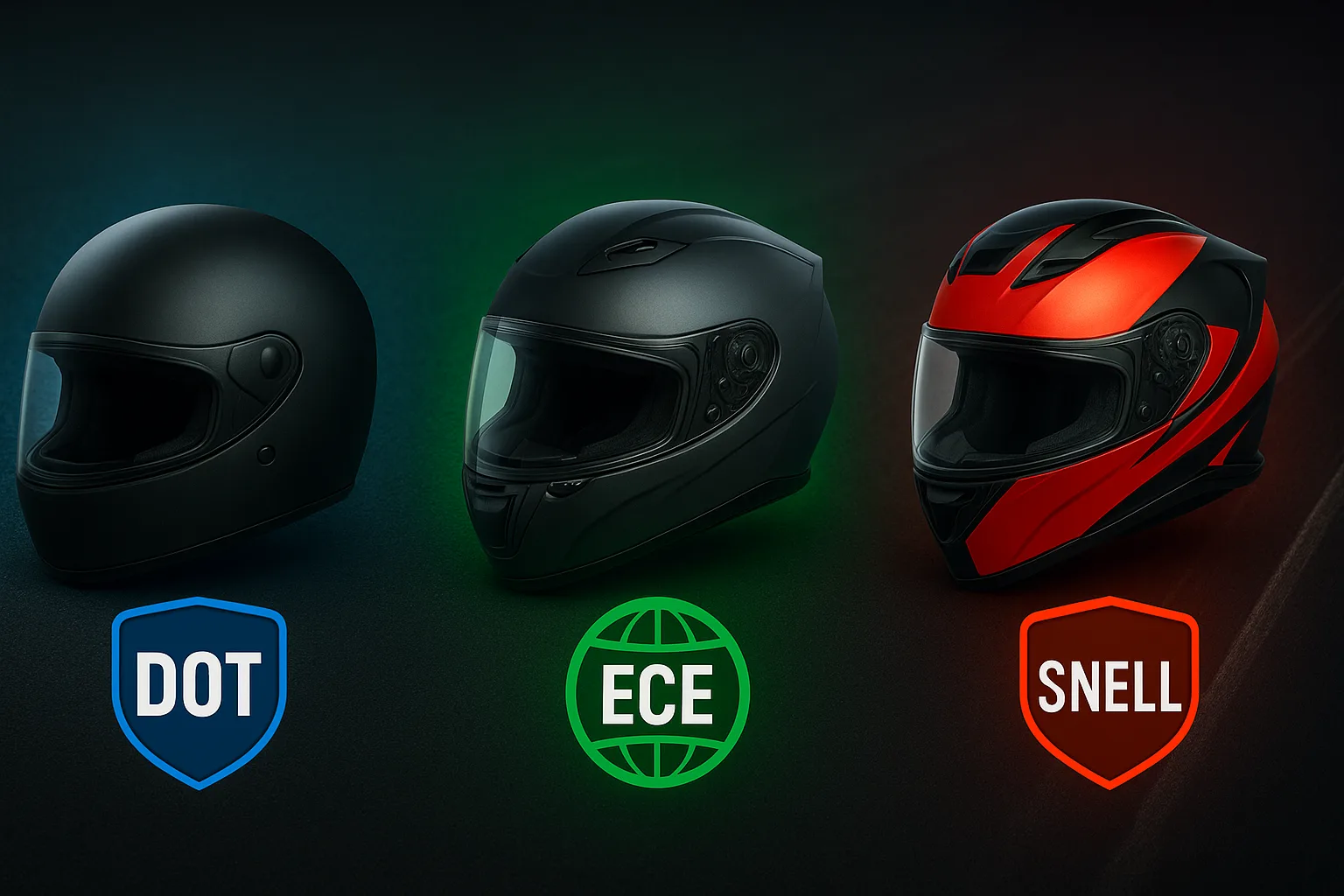Your helmet could save your life — but only if it’s certified to do so.
With so many options on the market, understanding what makes a helmet “safe” can feel overwhelming. That’s where safety certifications come in. Three globally recognized standards—DOT, ECE, and Snell—help you choose a helmet you can truly trust.
🔍 What Are Helmet Safety Standards?
These standards test how well a helmet protects your head during a crash. The tests evaluate:
- ✅ Impact absorption
- ✅ Shell durability
- ✅ Penetration resistance
- ✅ Chin strap retention
- ✅ Peripheral vision
🇺🇸 DOT (FMVSS 218) – U.S. Road-Legal Standard
Required by law in the U.S., DOT sets the minimum safety bar for motorcycle helmets.
Key Features:
- 🛠 Self-certified by manufacturers
- 📉 Impact attenuation and penetration resistance tested
- 👁️ Requires at least 105° peripheral vision
Best for: U.S. commuters, casual riders, and budget-conscious buyers
🌍 ECE 22.06 – The Global Standard
Approved in 50+ countries, the ECE standard is known for its up-to-date and comprehensive testing.
What’s new in 22.06?
- 🌀 Rotational force testing for real-world crash angles
- 🔥 Tests under varying weather conditions
- 🧪 Modular helmets and accessories are now evaluated
Best for: International riders, European road use, and all-weather riding
🏁 Snell M2020 – The Racing Gold Standard
Created by an independent nonprofit, Snell’s testing exceeds most legal requirements and is favored by track professionals.
What makes Snell helmets different?
- 💥 Higher-impact tests with stricter thresholds
- 🔍 Each helmet tested in multiple impact zones
- 🔧 Only approved if tested by Snell labs
Best for: High-speed, off-road, and professional riders
📊 DOT vs ECE vs Snell: Which Helmet Certification Should You Choose?
| Standard | Tested By | Focus | Best For |
|---|---|---|---|
| DOT | Manufacturer (Self-certified) | Minimum legal protection (USA) | Everyday road use in the U.S. |
| ECE 22.06 | Independent Labs | Real-world & weather-based testing | Global use, multi-season riders |
| Snell M2020 | Snell Foundation | Maximum protection for extreme impacts | Track, competition, performance riding |
🎯 Final Thoughts: Don’t Compromise on Helmet Safety
No matter your riding style, your helmet is your first and best defense against head injuries. While comfort and style matter, always start with safety certification.
- ✅ Weekend rider? DOT will do the job.
- 🌦️ All-weather commuter? ECE 22.06 offers updated, global protection.
- 🏁 Speed demon or racer? Snell is your best bet.
Bottom line: A certified helmet isn’t just smart — it’s essential. Choose wisely, ride safely, and protect what matters most.
Need help picking a certified helmet? Check out our helmet buying guide.

